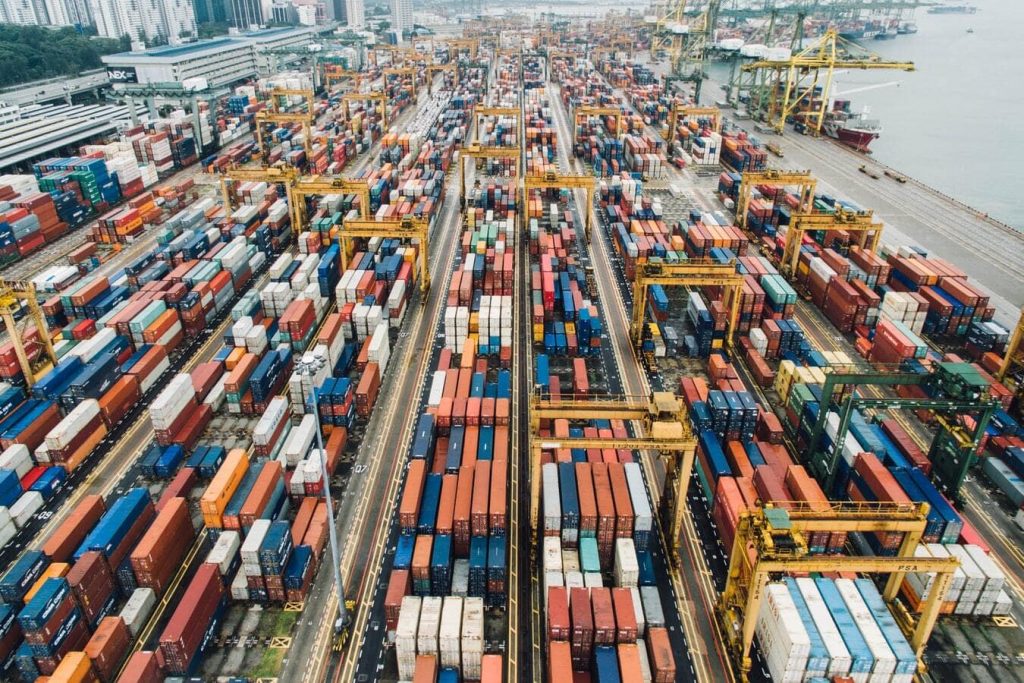Definition of "Make or Buy" Decision
A "Make or Buy" decision refers to the strategic choice an organization faces regarding whether to produce a product or service internally ("make") or to purchase it from an external supplier ("buy"). This decision is particularly relevant in industrial and manufacturing contexts, where companies must evaluate the costs, benefits, and risks associated with both options.
Rules and Factors for "Make or Buy" Calculation
When calculating whether to "make" or "buy" a product or process, several key factors and rules must be considered:
- Cost Analysis:
- Direct Costs: Compare the direct costs of manufacturing internally (labor, materials, overhead) with the costs of purchasing from an external supplier (purchase price, shipping, tariffs).
- Fixed Costs vs. Variable Costs: Assess the fixed costs (e.g., equipment, facilities) and variable costs (e.g., labor, raw materials) associated with making the product internally. External purchasing might involve mostly variable costs, which can fluctuate with volume.
- Opportunity Costs: Consider what other projects or processes could be pursued if resources weren't allocated to internal production.
- Quality Control:
- Internal production may offer better control over the quality of the product. In contrast, buying from a supplier may introduce variability in quality, depending on the supplier's standards and practices.
- Capacity and Expertise:
- Evaluate whether the organization has the necessary capacity, skills, and technology to produce the item at the required quality and volume.
- Assess the potential need for investment in new technology or training if the decision is to produce internally.
- Flexibility and Lead Time:
- Consider the flexibility of production schedules and lead times. Internal production may allow for quicker adjustments in production volume, whereas external suppliers may have longer lead times or require minimum order quantities.
- Supply Chain and Reliability:
- Analyze the reliability of external suppliers, including their ability to deliver on time and maintain consistent quality. Disruptions in the supply chain could impact production timelines.
- Confidentiality and Intellectual Property:
- If the process or product involves sensitive intellectual property, internal production might offer better protection against the risk of leaks or theft.
- Strategic Importance:
- Determine whether the process or product is strategically important to the company. Critical components or processes that are core to the business might be better kept in-house.
- Regulatory and Compliance Issues:
- Consider the regulatory environment, including any industry-specific regulations that may impact the decision. Compliance with environmental, labor, and safety standards must be factored into both options.
Benefits and Inconveniences of "Make or Buy" Decisions
Benefits of Making (Internal Production):
- Quality Control: Tighter control over the production process ensures consistency and adherence to quality standards.
- Flexibility: Easier to adjust production schedules and quantities in response to changing demands.
- Protection of Intellectual Property: Less risk of proprietary information being exposed to external parties.
- Strategic Alignment: Ensures that critical processes remain aligned with the company's core competencies and long-term goals.
Inconveniences of Making:
- Higher Upfront Costs: Significant initial investment in equipment, technology, and training.
- Capacity Constraints: Limited by existing capacity and may require additional resources for expansion.
- Inflexibility in Cost Structure: Fixed costs can be high, leading to less flexibility in scaling operations up or down.
Benefits of Buying (Externalization):
- Cost Savings: Potentially lower costs due to economies of scale and specialization of suppliers.
- Focus on Core Competencies: Allows the company to focus on its core strengths and outsource non-core activities.
- Reduced Capital Expenditure: Less need for investment in facilities and equipment.
- Scalability: Easier to scale operations without the constraints of internal capacity.
Inconveniences of Buying:
- Quality Risk: Possible variability in quality depending on the supplier’s practices.
- Dependency on Suppliers: Increased reliance on third parties, which can lead to supply chain vulnerabilities.
- Longer Lead Times: Potential delays in delivery, affecting production schedules.
- Loss of Control: Less control over the production process, which could impact the final product's quality and consistency.
Final Thoughts:
The decision to "make or buy" is complex and requires a thorough analysis of both qualitative and quantitative factors. The optimal choice depends on the specific context, including the company’s capabilities, strategic priorities, and the nature of the product or service in question. While making offers more control and potential long-term benefits, buying provides flexibility and cost savings that may be advantageous in a rapidly changing market. Balancing these factors is key to making the best decision for the organization.




